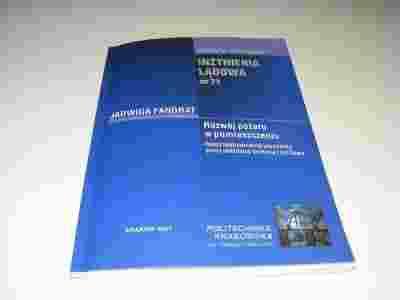ROZWÓJ POŻARU W POMIESZCZENIU PRZEZ OKŁADZINY 2001

Aukcja w czasie sprawdzania nie była zakończona.
Aktualna cena: 59.99 zł
Użytkownik inkastelacja
numer aukcji: 4240929096
Miejscowość Kraków
Wyświetleń: 1
Koniec: 24-05-2014 19:40:00
